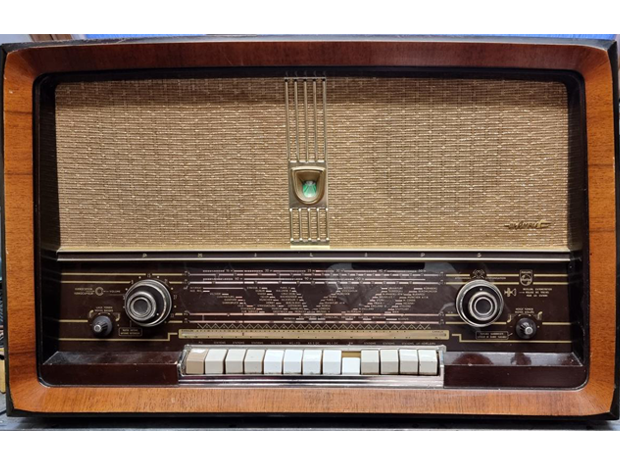
Here's how the link works. This linkage keeps the knob from turning when the motor drives the tuning.

If you don't know which tar capacitors were replaced then it was the motor capacitors. Here's a test of the motor drive. You can see the tuning knob turning in my hand. The clutch is not connected yet.

Here's a test of the mechanism. The tuning capacitors are coupled, you can tune manually with the motor. But if you use a preset you will see that hand tuning is blocked. Just watch the movie.

And after all this work, the radio sounds like this. Everything works again, tone control, among other things. Which made the sound very good.

Because programming the preset stations is very difficult. Is it wise to clean the mechanical memory of the engine tuning.

But be careful when disassembling. There are loose balls in the bearings. You just lose these when disassembling. Don't ask how I know this.























































